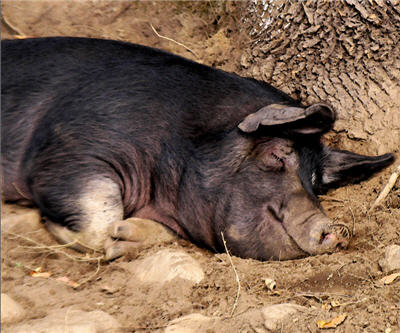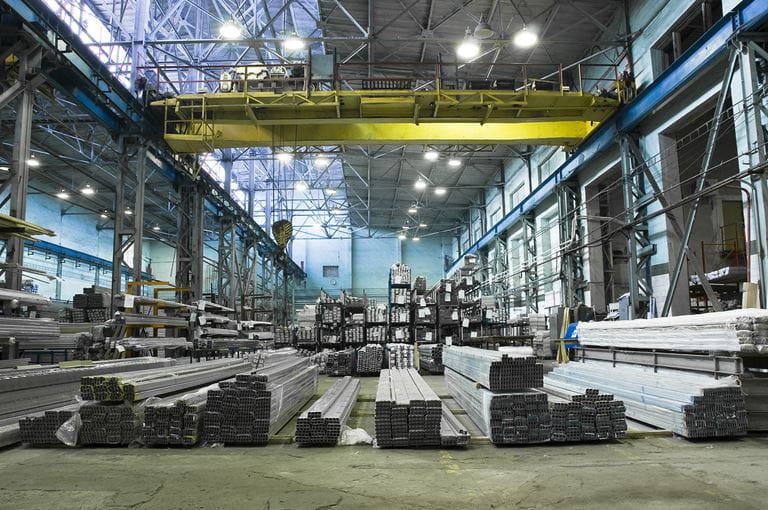China’s slower growth stalling price recovery for B.C. commodities

China, oil, coal and hogs. What do any of these commodities have to do with each other?
According to a recent Bank of Canada analysis, the dizzying drop in oil prices has a lot to do with China.
So do price slumps for other commodities, including those that are key to B.C.’s economy: metallurgical coal and copper.
What they have in common, according to Bank of Canada deputy governor Timothy Lane, is that their rise and fall are part of a China-driven “hog cycle.” Economists coined the term in the 1920s after observing a pattern of plunging hog prices that followed the higher prices that drove farmers to expand their herds, creating a glut a few years later.
China had double-digit gross domestic product growth between 2005 and 2007, and its economy doubled from 2007 and 2013, driving a commodity super-cycle.
China’s demand soared for oil and commodities like iron and metallurgical (“met”)coal (key ingredients in steelmaking) and copper for consumer electronics, phone and power cables, piping and construction.
B.C. benefited tremendously from that growth because met coal and copper are two of the primary commodities produced by mining companies like Teck Resources Ltd. (TSX:TCK.B), which sells about 25% of its met coal to Chinese steelmakers.
China’s growth also helped save B.C. forestry companies, some of which might otherwise have suffered a potentially fatal blow during the financial crisis and collapse of the American housing market in 2009.
In just a few short years, China eclipsed Japan to become the second-largest market for B.C. lumber.
Fortunately for B.C. producers, wood products are not caught in the same cycle as other commodities such as coal and copper. If anything, a growing scarcity of timber in B.C., thanks to the mountain pine beetle infestation, is expected to buoy lumber prices.
Wood exports to China are expected to remain relatively stable, said Paul Newman, executive director for the Council of Forest Industries.
At 2.5 billion board feet, exports of spruce-pine-fir products to China (valued at $1 billion) as of November 2014 still dwarfed those to Japan: 606 million board feet.
Meanwhile, markets for B.C. wood have been growing in South Korea, Taiwan and the Philippines. In 2014, those three countries accounted for 300 million board feet of exports – about half the volume of the Japanese market.
But as China’s economy has cooled, exports of other products have fallen. In 2014, B.C.’s overall exports to China fell 2.8%. Exports to Japan and Taiwan also fell by 7.5% and 11%, respectively.
However, exports increased to South Korea and Hong Kong by approximately 22%.
Hardest hit of all B.C. commodities has been metallurgical coal, which is suffering from a double whammy.
A global glut of met coal has pushed prices down from US$300 per tonne in 2011 to US$117 today. Demand has also dropped, thanks largely to lower demand for steel in China.
“You have had a slowdown, and it came at the same time that a lot of supply has come onto the market,” said Joe Aldina, a coal analyst for Wood Mackenzie.
And things aren’t expected to improve much for met coal for a couple of years.
“China’s growth in steel production is expected to hover below 2% annually through 2018, whereas, as recently as 2013, the growth rate was above 8%,” Aldina said.
China has not stopped growing – it’s just growing at a slower pace. China’s GDP growth slowed from 9.3% in 2011 to 7.7% in 2012 and 2013. It dropped to 7.4% in 2014.
The International Monetary Fund (IMF) projects China’s GDP growth to fall to 6.7% this year and 6.3% in 2016.
Asia accounts for 40% of B.C.’s exports. China accounts for 20%, Japan 12%. But Japan is now technically in a recession and headed for stagnation. The IMF predicts Japan’s GDP growth to be under 1% in 2015 and 2016.
One bright spot in Asia is India – a market that B.C. exporters have just begun to tap. The IMF predicts India’s GDP to grow 6.5% in 2015 and 6.6% in 2016.
Both India and China have a growing middle class. But unlike China, which has an aging population, India has a young, growing population and a growing economy.
Charles Labrecque, project manager for the Asia Pacific Foundation of Canada, points to two key B.C. commodities – copper and met coal – as examples of where new market opportunities for B.C. may lie.
While copper exports to China fell 11% in 2014 and coal by 35%, copper exports to India were up 14% and met coal up 4%.
India currently accounts for only 1% of B.C.’s exports, so there’s plenty of room to grow, and Canada is working to conclude a free trade agreement with India.
“India’s very much on the radar,” Newman said.
In 2012, the B.C. government established a beachhead for B.C. lumber in India when it opened a Forestry Innovation Investment office in Mumbai.
“On the thermal and metallurgical coal front, India’s expected to become a bigger player, and met coal exports are expected in post-2020 to eclipse the levels that we see in China today,” Aldina said.
“The story is China-dependent for this decade, and then we expect, with economic growth in India, that India will really begin driving the markets,” Aldina said. “So India is a critical factor for these markets in a longer term.”
Creative Commons image by Noah
{{ commodity.name }}
{{ post.title }}
{{ post.date }}



Comments